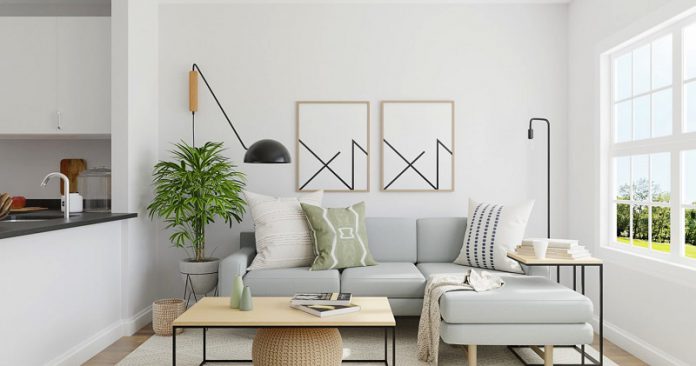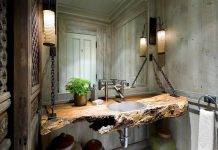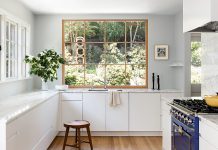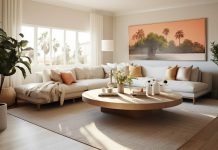Mencoret.com – Minimalist design is not just about sleek lines and simplicity; it’s about bringing together the most used elements of a space with the least used items. Compared to the traditional rural style, minimalist interior designs feature clean geometric lines and simple, bold forms. This clean, geometric look characterizes this style, which is exactly what makes minimalistism a minimalist style philosophy in its purest form. NO CRAGGY ADDED COLORS.
Typical Examples of Modern Minimalist Interior Design
When you look at typical examples of modern minimalist interior designs, one thing becomes immediately clear: clutter is totally out of the picture. In these designs, the furniture and accessories all have a uniform black, gray or brown appearance. Some elements may be slightly different, but for the most part, the furniture is boldly black or even gray. While a true rural homeowner might include a few rugs or a colorful throw pillow, the minimalist palette in the kitchen is almost entirely devoid of colors. The exception might be accents such as a colorful microwave screen or a brightly colored can rack, but even in the context of a modern minimalist house, the palette of colors used on the walls and in the rest of the house is usually stark.
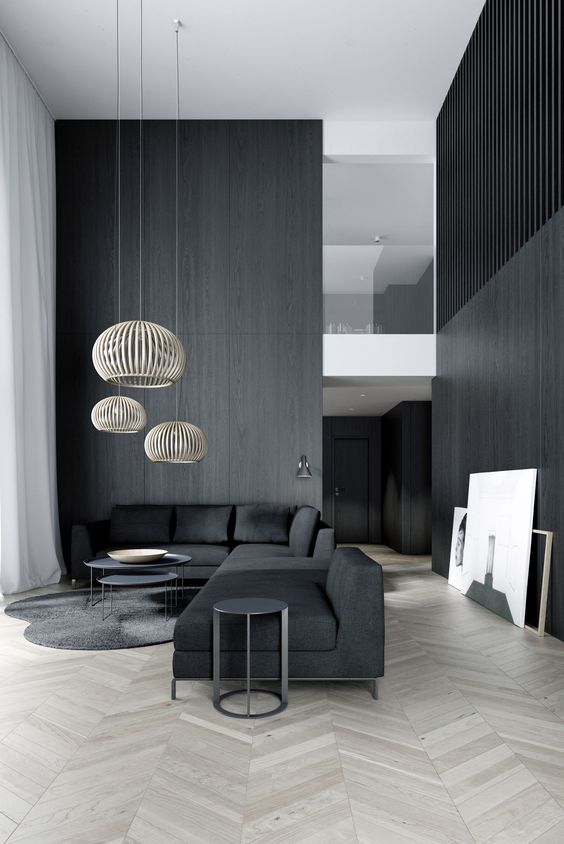
Because minimalist interior design is about plain, straight lines, minimal furniture is a key element of this style. Black iron furniture, for example, is often seen throughout a room in a minimalist style. Even a dining room or entryway will likely be dominated by straight, rectangular metal furniture. Metal, especially cast iron, is a very durable material that will last for many decades, so it’s very economical as well. That’s why many people choose it for furniture, appliances and accent pieces, and it’s also why recessed light fixtures are popular among minimalist interior designers.
The Use of Spotlights in a Minimalist Kitchen
In the kitchen, a minimalist design style can be heightened even further by the use of recessed spotlights. A recessed spotlight is simply a light fixture that is installed at a specific angle, either below or above a window or door. By using the spotlight directly above a surface, you can focus illumination where you need it most, such as under a table or in a specific space. Using a recessed spotlight in a minimalist kitchen helps to bring together the blackness of the walls with the bright insides of the cabinets, creating a sense of depth and intimacy.
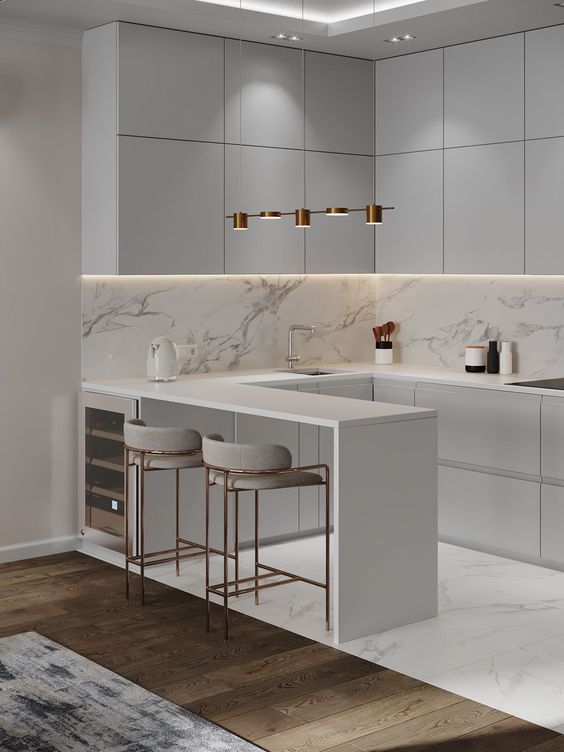
One of the biggest challenges of a minimalist interior design style is that there will often be a lack of storage in the spaces available. Items will simply be kept together in a pile or cabinet, rather than being arranged in a way that allows them to be seen, or at the very least, appreciated. Fortunately, there is a solution to this problem. Faux antique and contemporary wooden shelves can easily be added to a room in a minimalist style, providing the storage that a homeowner needs but without taking up valuable floor space.
The Use of Floor Lamps in a Minimalist Interior
A floor lamp is another important element of a minimalist interior design. Floor lamps are a common place to find materials for a minimalist interior design because they are so prominent. A floor lamp, without a stand, can quickly take up one wall or corner of a room and make it appear smaller than it is. Using a floor lamp instead of a stand or other clutter-causing item allows the entire room to be used, which will make it appear larger and more complete.
As mentioned before, the goal of minimalist interiors is to create a feeling of depth and intimacy. This can be achieved by the use of subtle furnishings, such as a vase of fresh flowers, or simply by keeping the walls in the room clean and uncluttered. Minimalists don’t have to choose a color scheme based on a strict palette – they can choose any color they like, just as long as it’s a color that evokes a feeling of cleanliness and lightness. Clean lines also lend themselves well to minimalist interior designs, as they help open the room and take away any clutter or stress from the space.
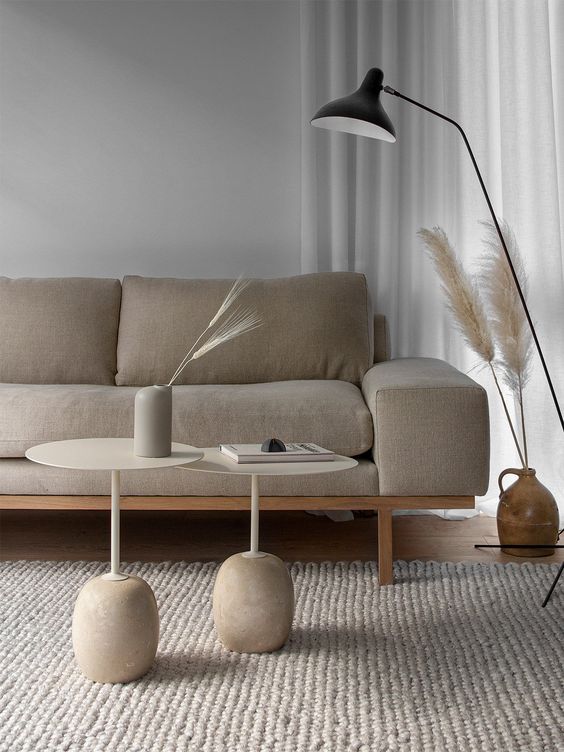
Another element of minimalist interior design that helps to create open spaces is the use of textures. Usually, textured surfaces are avoided in favor of smooth and reflective surfaces, but when the surface texture does need to be used, it’s usually in a small area. For example, a rug can be used to make the floor more comfortable and soft against the legs of guests, and a large mirror can be used as a focal point to highlight a beautiful vase or other accent. Minimalists love to work with surfaces, so the texture is an easy way to create an inviting environment.

